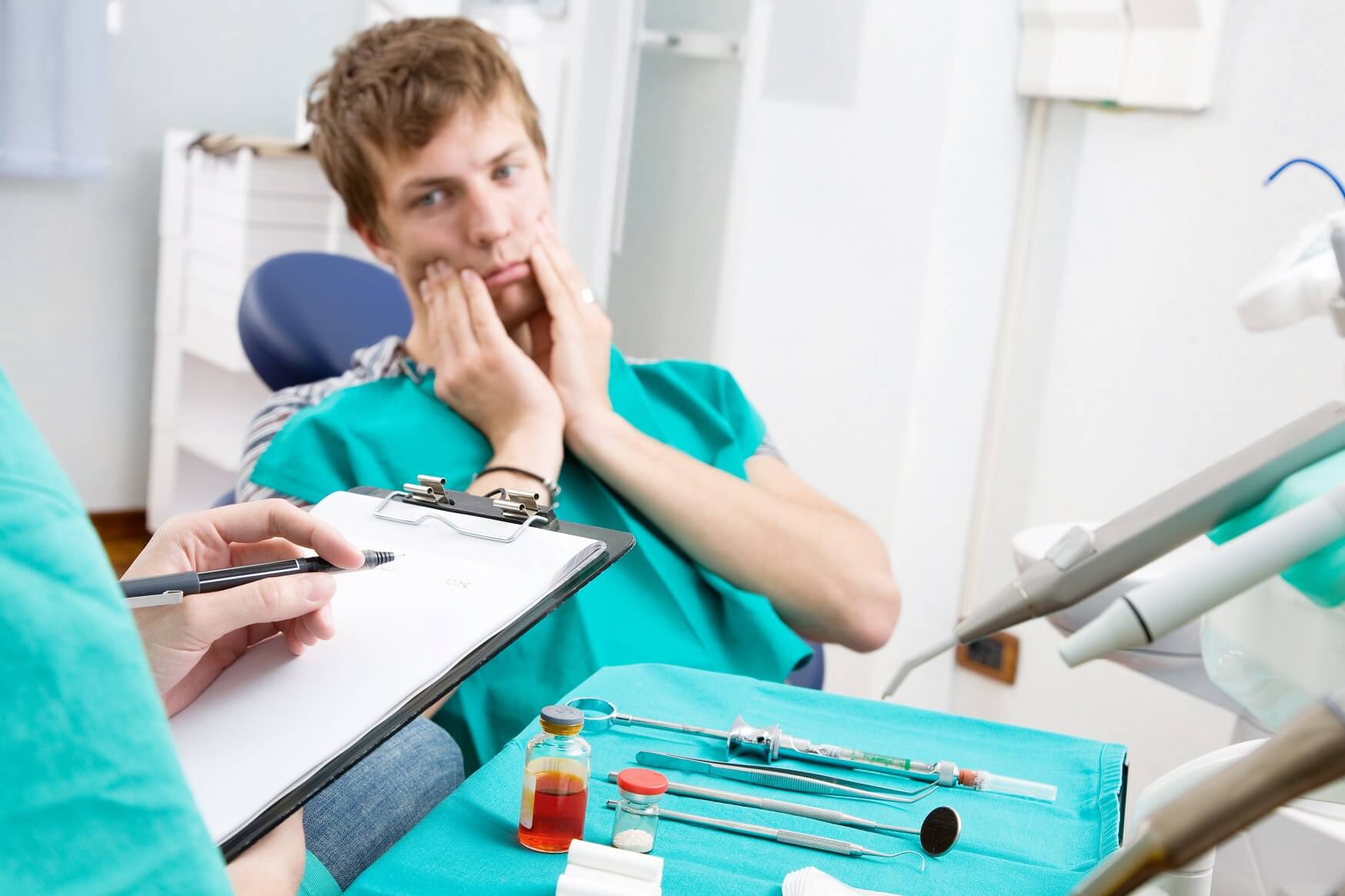
Hospital emergency rooms are seeing an increase in people visiting with routine oral care problems. Patients without health insurance and those with financial barriers to dental care perpetuate this newest trend. According to the American Dental Association (ADA), visits to hospital emergency rooms for dental issues increased for those aged 19 to 49. The past decade has seen a reduction in private dental benefits and a reduction in adult Medicaid dental benefits. It appears that this trend is not limited to low-income families; it is increasing among the middle class as well. With considerable strain on families due to the ever rising costs of the necessities of life, more people are finding themselves in hospital emergency rooms for their dental care issues.
Oral Care Problems and The Health care System
Oral care problems are placing a considerable strain on the health care system due to the increase of people looking for dental treatment in emergency rooms instead of dental offices. The ADA Health Policy Resources Center estimates the number of emergency room visits for oral care problems has increased from 1.1 million in 2000 to 2.1 million in 2010. These visits contribute to overcrowding and increased wait times for patients with urgent health conditions. State lawmakers believe that cutting Medicaid benefits will save money; however, more money is being spent in the long term while the oral care problems remain. This may be due to the fact that routine dental problems, such as tooth extractions, can be nearly 10 times the cost in the hospital emergency rooms than in a dental office.
In addition to the increase in cost, there is also an increase in the use of prescription medications. Hospital emergency rooms typically do not have a dentist on staff; patients are prescribed antibiotics and painkillers and are told to visit their dentist. Of course, if the patient had an oral care provider, they would not be in the emergency room to begin with. Furthermore, once the pain medications run out, the patient will be right back at square one — in the ER.
To compound the problem, the low reimbursements provided by Medicaid to dental offices makes it economically unfeasible for oral health care providers to see Medicaid patients. Simply put, they are unable to meet their expenses. To make matters worse, numerous public dental clinics are closing due to budget constraints, and those facilities that remain are being overwhelmed by an influx of patients. The American Dental Association states that increases in emergency room utilization for dental care create a strain on the health care system that the Affordable Health Care Act does not address. Without further intervention from state legislators and lawmakers, patient visits for oral care problems to hospital emergency rooms are likely to continue to increase.
The Importance of Seeking a Dental Professional
People should not seek help for a toothache in an emergency room. A dental office is a more suitable option. Some states are developing training for dental providers other than dentists, such as dental hygienists, so that they may perform routine procedures and thereby proved the under-insured with more alternatives. Gaining access to both preventive care and education about dental problems is an issue for a growing number of people. The costs associated with prevention and alternative programs will be minute in comparison with the costs associated with health problems such as heart disease, stroke and oral cancers caused by poor dental health.




